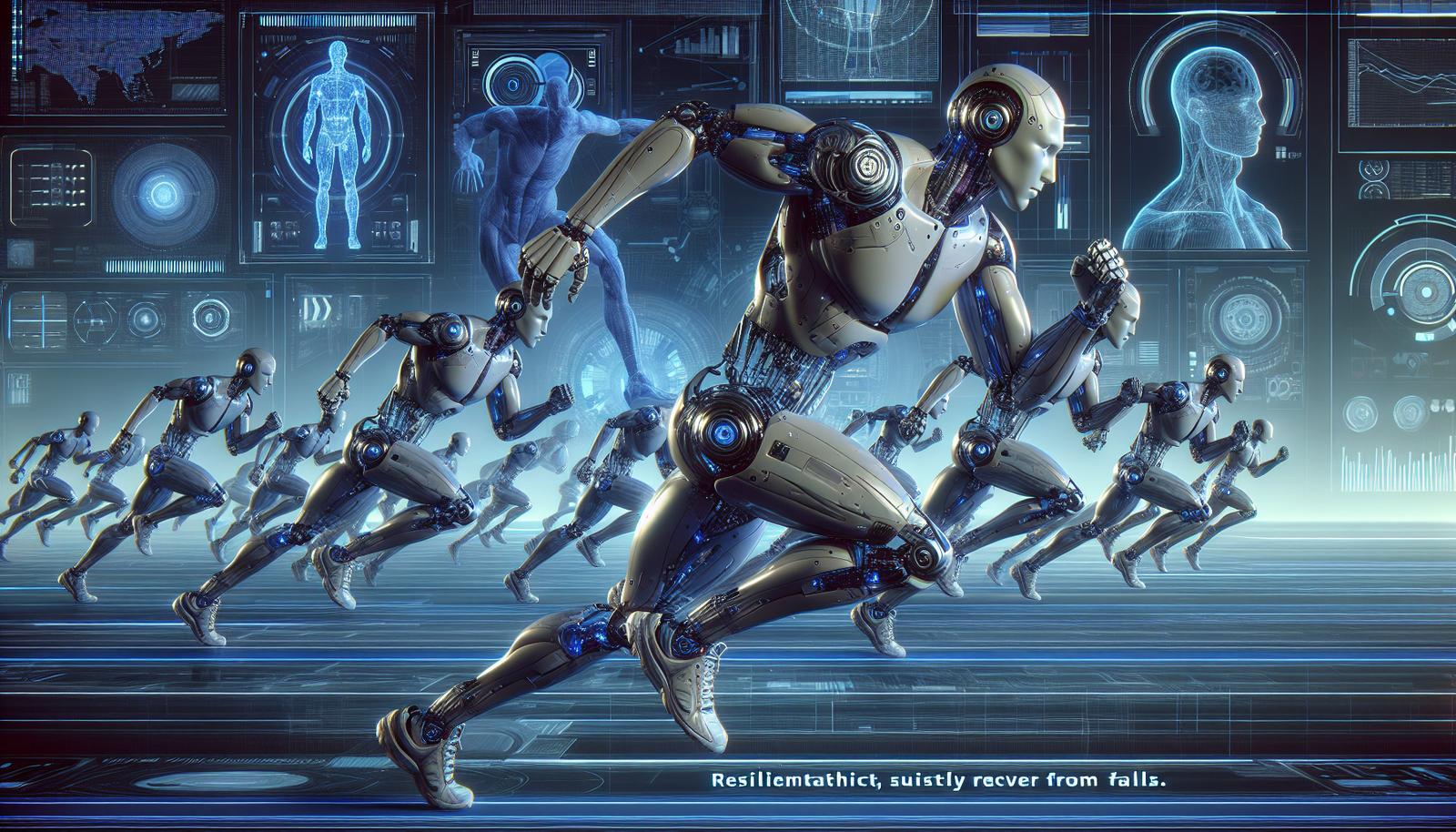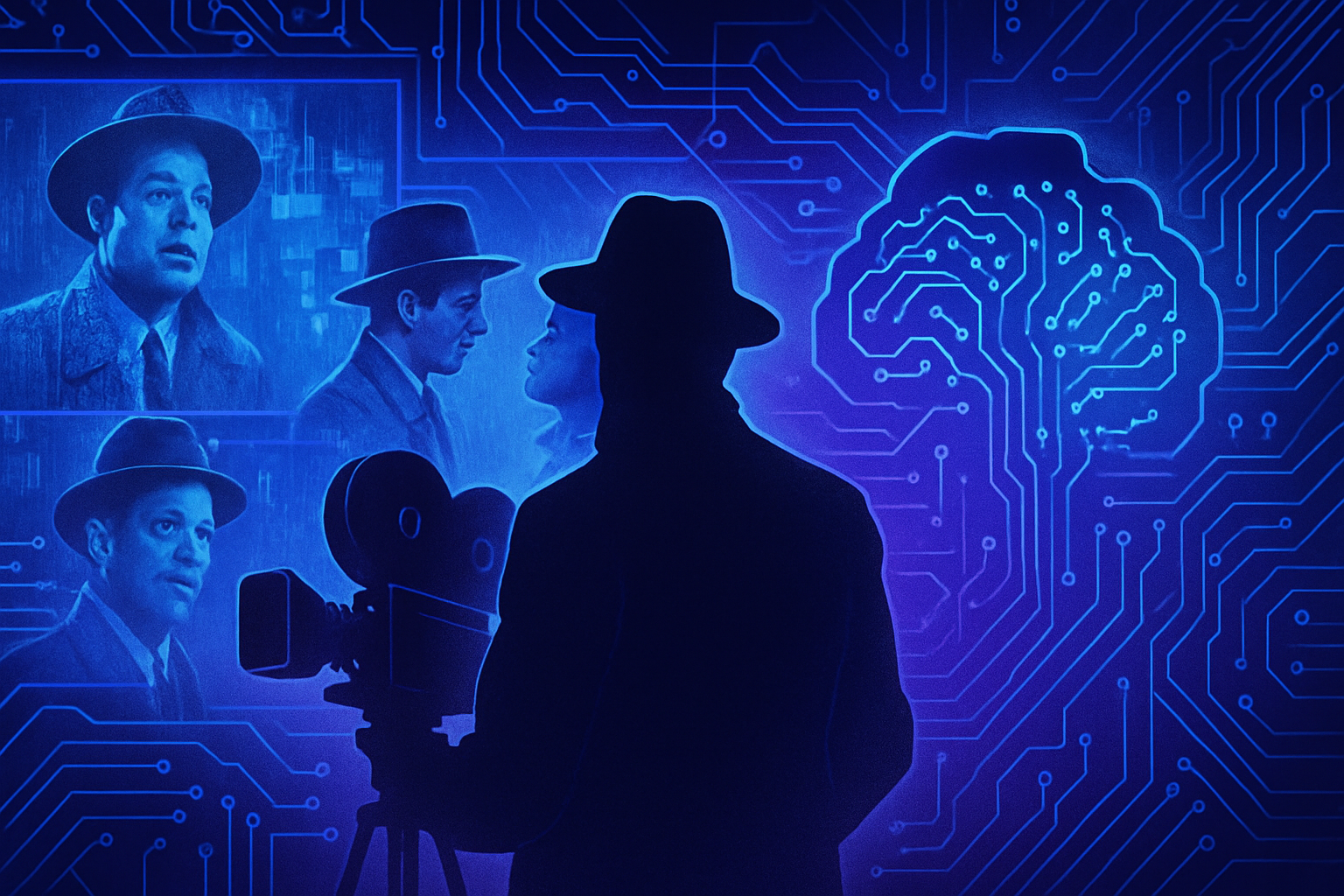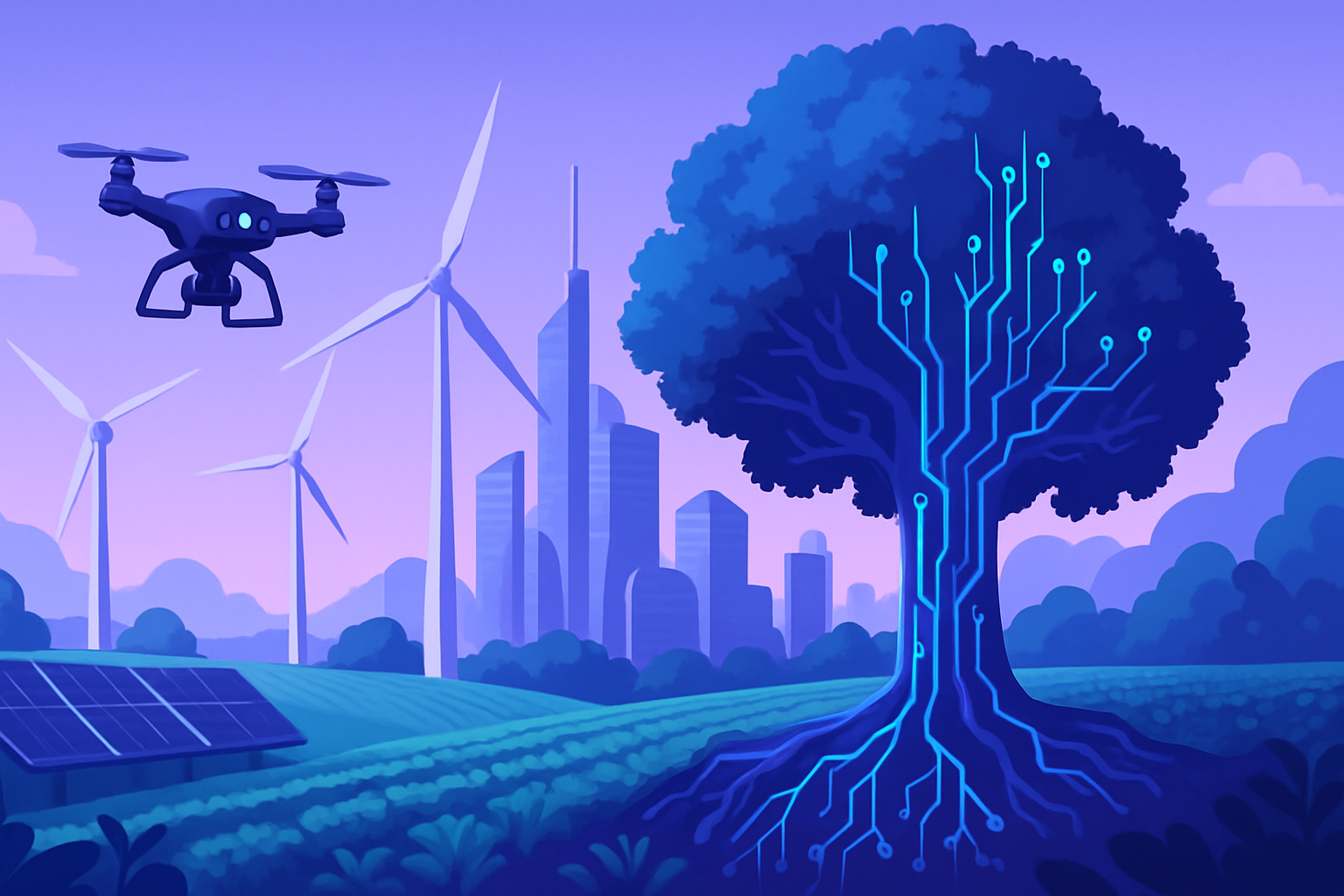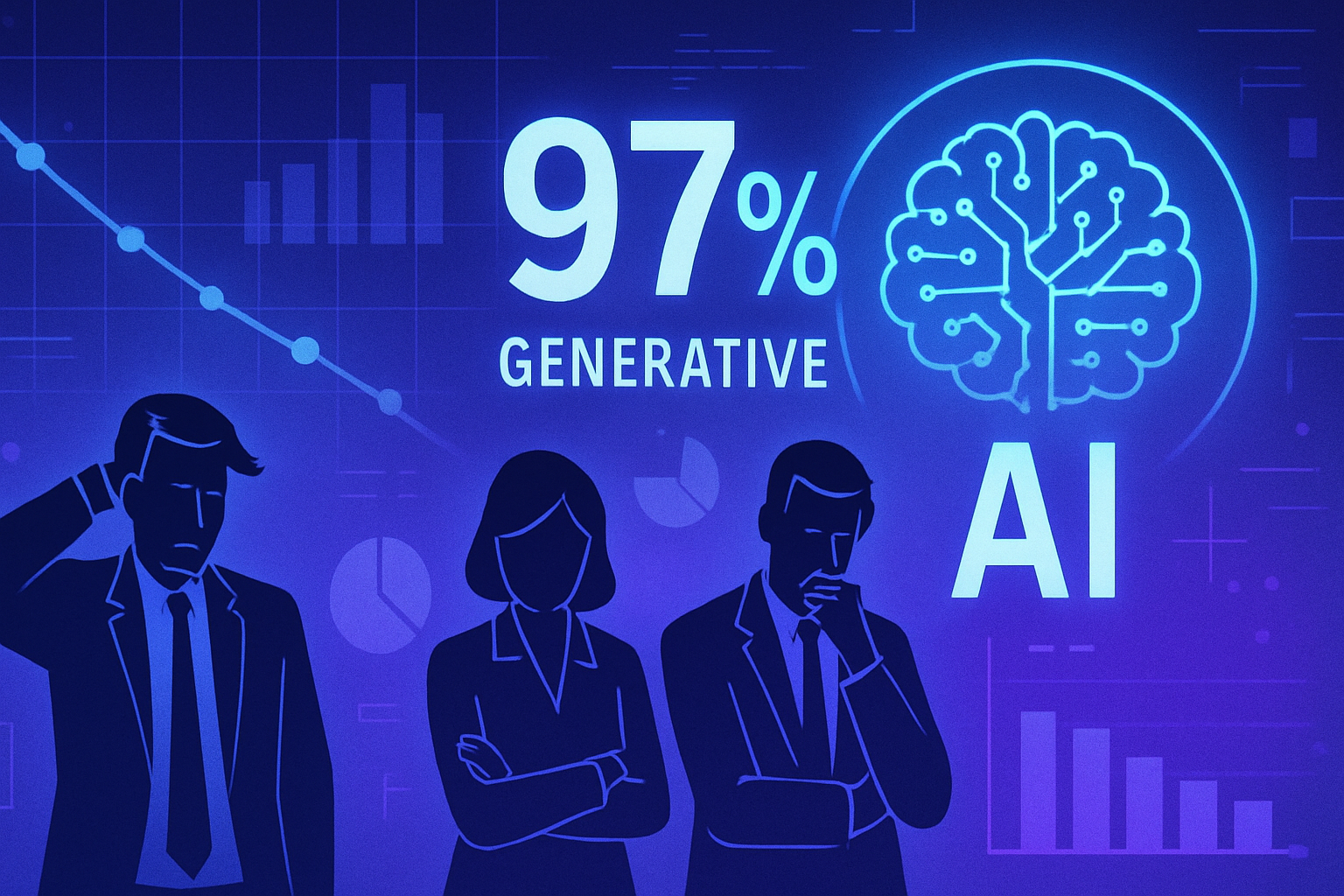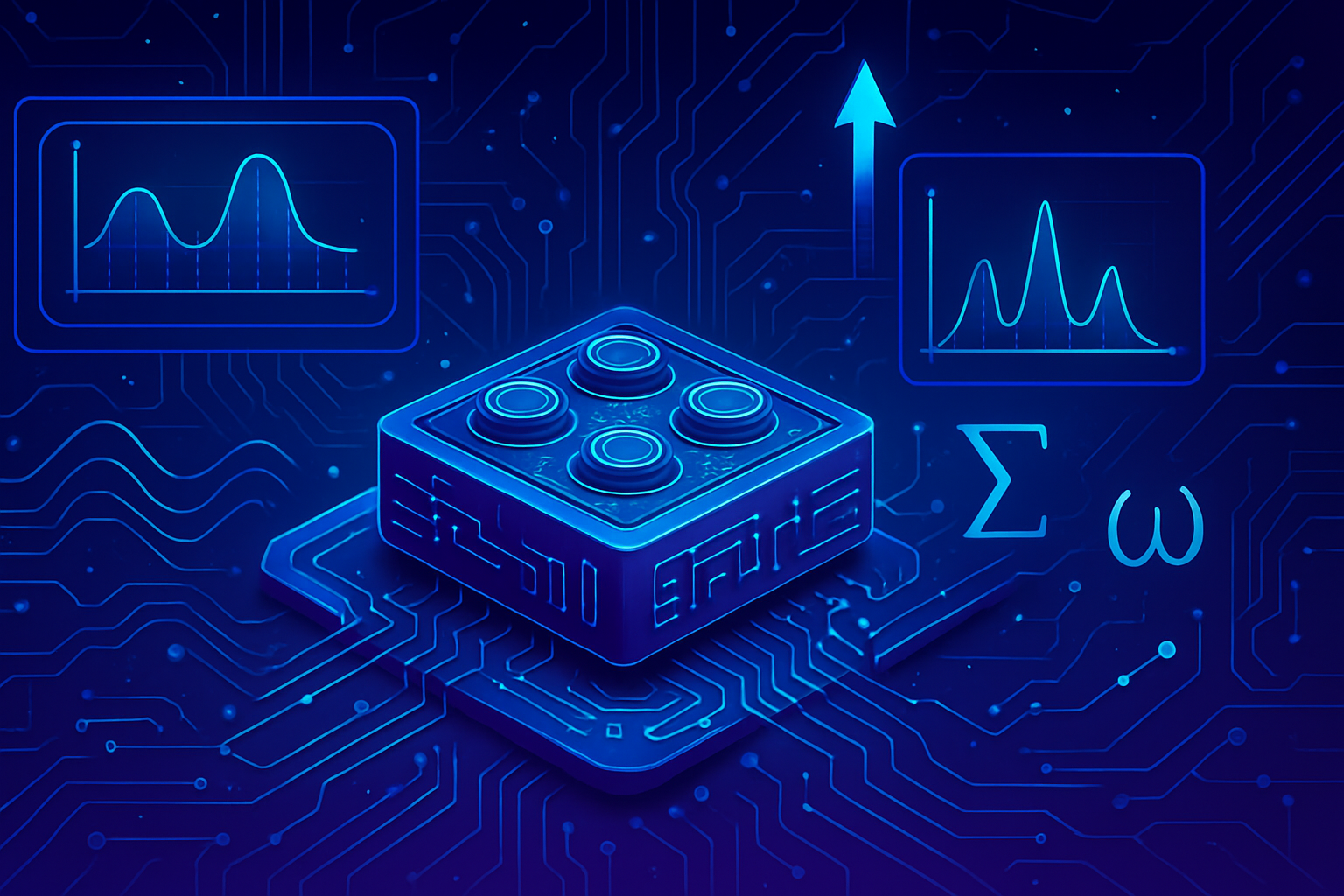Technological advancements are revolutionizing the field of humanoid robotics, notably through an innovative learning framework. The ability of these robots to get up quickly after a fall is a major challenge for their integration across various sectors. Research is intensifying its efforts to equip these machines with increased autonomy and impressive performance.
A technological feat is on the horizon, fostering more effective interaction between humans and robots. This learning framework mimics the adaptation mechanisms of living beings, thus promising unprecedented evolution. The ability of robots to navigate efficiently without assistance marks the beginning of an era where automation becomes deeply embedded in our daily lives.
Advancements in Humanoid Robots
Significant progress has recently been observed in the field of humanoid robotics. Robots such as Atlas from Boston Dynamics illustrate these advancements with their ability to get up after a fall. This technological feat results from an innovative learning framework that allows for dynamic adaptation during incidents.
Cutting-edge Technology for Recovery
The success in the rapid recovery of humanoid robots relies on their sophisticated algorithms. An imitation learning framework enhances their motor memory, enabling them to react with agility to falls. The complex movements made possible by this technology allow for instant adjustment by locating the machine’s center of gravity using advanced sensors.
The Tiangong Robot: A Revolution
The Tiangong robot, developed by China, is emerging as a pioneer in this sector. By integrating 3D vision and a high-precision inertial measurement system, Tiangong achieves unprecedented feats. It performs fluid movements while climbing slopes and facing varied terrains, all while efficiently getting up after a fall.
The Impact of Open Source Research
The first humanoid robot available as open source enables unprecedented collaboration in the field of robotics. This model promotes collective innovation and continuous improvement of its functional capabilities. Researchers and professionals can now benefit from a common learning base to develop even more efficient solutions.
Applications and Future Perspectives
The application domains of these robots are rapidly evolving. In addition to research and development, they are entering various sectors such as elder care and assistance with household tasks. These machines, capable of interacting and adapting, are gradually reinforcing their place in our societies.
Investments and Financial Support
Companies such as Tesla and Nvidia are intensifying their efforts in humanoid robotics. For example, Tesla recently posted a job offer to enhance its Optimus robot. These initiatives support the rise of conversational robots and pave the way for a new era of artificial intelligence, closely competing with advancements made by countries like China.
Conclusion on the Potential of Humanoid Robotics
Recent innovations in humanoid robots offer a fascinating glimpse into the future. With machines capable of mastering complex movements, the robotics sector finds itself at a crossroads. The synergy between cutting-edge technology and collaborative research promises a future where humanoids will play a central role in various aspects of our daily lives.
FAQ – Humanoid Robots and the Ability to Get Up After a Fall
How can a humanoid robot get up after a fall?
Humanoid robots get up after a fall thanks to an innovative learning framework that allows them to detect their position and execute specific movements to regain their balance. This framework uses advanced artificial intelligence algorithms and sensors to analyze and adjust their posture.
What are the benefits for humanoid robots having this capability?
Having the ability to get up quickly after a fall improves the durability and autonomy of humanoid robots, allowing them to operate in various environments without the need for constant human assistance, which increases their efficiency in domestic or industrial tasks.
Is this learning framework effective in all conditions?
Although the learning framework is designed to function effectively in varied conditions, its performance may be affected by environmental obstacles or unstable surfaces. Engineers are continuously working to improve these algorithms to adapt to different situations.
Are these robots capable of adapting to different types of falls?
Yes, these robots have been developed to handle different types of falls. Their learning systems allow them to recognize the type of fall experienced and adjust accordingly to get up optimally.
Can humanoid robots learn to get up by observing other robots?
Yes, some humanoid robots use imitation learning techniques, allowing them to learn recovery movements by observing other robots. This method accelerates their ability to adapt to new situations.
What technology underpins this learning capability of robots?
This capability is based on a combination of advanced sensors, 3D vision systems, and machine learning algorithms, which enable the robot to evaluate its environment and execute complex movements to recover.
Are humanoid robots with this capability already available on the market?
Currently, several prototypes and models of humanoid robots capable of getting up quickly after a fall are under testing, but their commercial availability may vary depending on technological advancements and investments in this field.
Which sectors could benefit the most from these robots capable of getting up?
The sectors of home assistance, industry, healthcare, and public services could greatly benefit from these robots, as their autonomy and adaptability make them ideal for various tasks while reducing the risk of failure.
